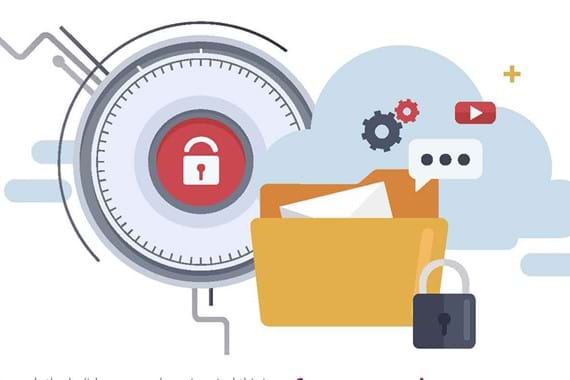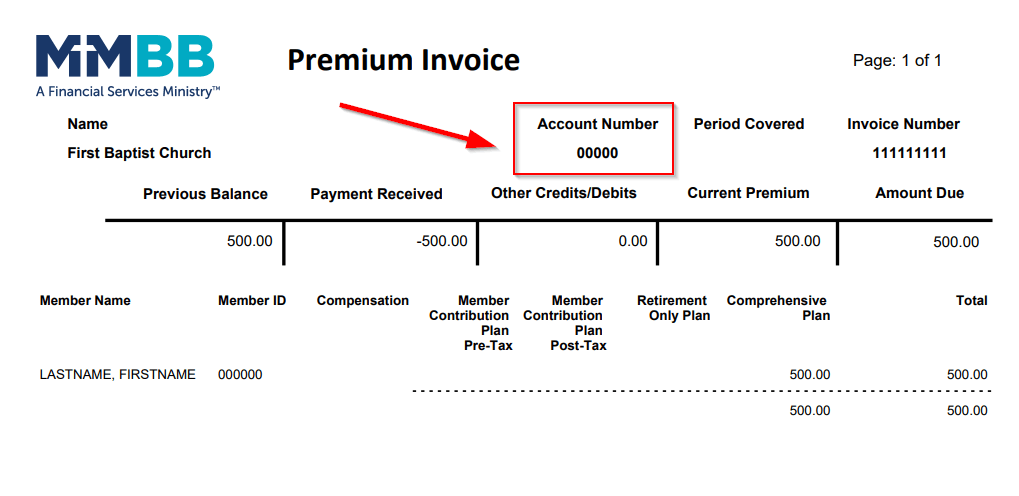You suspect that someone has stolen your personal information. You are not alone. Recent identity theft statistics confirm that increases in this crime continue at a staggering pace. According to a 2018 online survey by The Harris Poll2 nearly 60 million Americans have been affected by identity theft.
That same survey indicates nearly 15 million consumers experienced identity theft in 2017. Similarly, the Javelin Strategy & Research 2018 Identity Fraud Study3 revealed that the number of identity theft victims reached a record high of 16.7 million U.S. consumers, the most since Javelin began tracking identity fraud in 2003. The study found that despite industry efforts to prevent identity fraud, scammers successfully adapted to net 1.3 million more victims in 2017, with the amount of stolen funds rising to $16.8 million.
State laws defining identity theft vary, but the crime usually involves impersonating another person or using their personal information for financial gain. The most common types of identity theft according to the Federal Trade Commission, the government agency that maintains a repository for identity theft complaints, fall into six major categories:
- Employment or tax-related – a criminal uses someone else’s Social Security number and other personal information to gain employment or to file an income tax return
- Credit card fraud – a thief acquires someone else’s credit card or credit card number to make fraudulent purchases
- Phone or utilities fraud – the criminal uses another person’s information to open a wireless phone or utilities account
- Bank fraud – the fraudsters gain access to someone else’s personal information to take over an existing financial account or to open a new account in someone else’s name
- Loan or lease fraud – a borrower or lessee steals another person’s information to obtain a loan or lease
- Government documents or benefits fraud – the criminal uses stolen personal information to obtain government benefits.
What should you do if you discover that you have been a victim of identity theft? If someone has been opening new accounts in your name or running up fraudulent charges on your credit card(s), they are working as fast as they can to use your information before you realize what has happened.
Here are 7 things4 you should do immediately if you suspect that your information has been compromised:
- Lockdown the problem account. Unauthorized charges on a financial account are often the first red flag that identity theft may have occurred. You may be contacted by your bank about unusual charges or see them on your statement. In that case, the first step is to contact the financial institution, dispute the charges and ask to lock down or close the account.
- Scan credit card and bank statements for other unauthorized charges. Review your other accounts and scan old statements for charges you don’t recognize. Don’t forget to review dormant or infrequently used accounts as well. If you find unknown charges, call the financial institution to alert them of the problem and request the account be locked down or closed.
- Review your credit reports for mystery accounts. Request copies of your credit report from all three major reporting agencies – Experian, Equifax and TransUnion – and look for any accounts that you may not recognize. By law, you are entitled to at least one free credit report from each agency each year. While plenty of websites and creditors promise free credit reports, the official site to request them is AnnualCreditReport.com.
- File a report with the Federal Trade Commission. Create a paper trail to document the theft. Start by filing a report with the Federal Trade Commission. As part of the reporting process, you’ll receive a recovery plan and even prefilled letters and forms that can be used to file police reports and dispute fraudulent charges. The official website is www.identitytheft.gov.
- Sign up for a credit monitoring service. If your information was accessed in a data breach, you may be offered complimentary credit monitoring. These services watch credit reports for suspicious activity and send alerts whenever an account is opened.
- Place a fraud alert on your credit reports. Follow up with the credit bureaus and request a fraud alert be placed on your account. Initially, a fraud alert lasts 90 days, and it notifies any institution that pulls your credit report that your identity may be compromised. The alert should prompt creditors to take an extra step to verify the identity of the person opening the account. You only have to request a fraud alert from one of the three major credit bureaus and that one should notify the other two. Placing a fraud alert on an account is free.
- Adjust your account settings. Sometimes, identity theft is restricted to a single incident, but it can also be an ongoing issue. Once your personal information is compromised, you need to stay vigilant. Regularly update passwords to online accounts, delete any personal information from public profiles on social media and other sites, and check with your financial institution to see what security measures they offer. Some banks offer text alerts if a transaction exceeds a certain limit, so you can quickly contact them if an unknown or large purchase comes through.
There are also additional resources available to assist you, should you become a victim of identity theft. IdentityTheft.gov (www.identitytheft.gov) is the website where you can create an identity theft report and recovery plan. It is the federal government’s one-stop resource for identity theft victims. The Consumer Financial Protection Bureau, a U.S. government agency which ensures that banks, lenders, and other financial companies treat you fairly, can provide information on how to dispute an error on your credit report (www.consumerfinance.gov/ask-cfpb/how-do-i-dispute-an-error-on-my-credit-report-en-314/).
Finally, it is critical to safeguard your personal information at all times, whether it is on paper, online, or on your computers and mobile devices. According to the Federal Trade Commission, there are four important practices to protect your information:
- know who you share information with;
- store and dispose of your personal information securely, especially your Social Security number;
- ask questions before deciding to share your personal information;
- and maintain appropriate security on your computers and other electronic devices that house personal information.
Heightened awareness and following the guidelines provided in this article may make you less of a target for identity thieves and cyber criminals.
Back to Financial Resource Center









